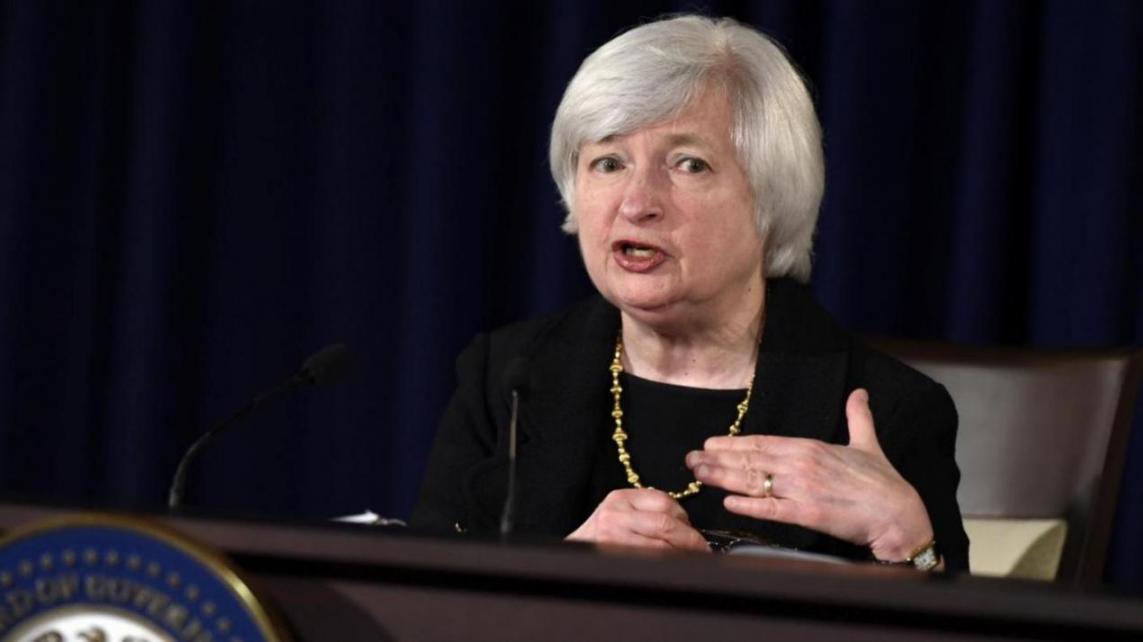Spurring frenetic speculation in the days before, the US Federal Reserve left its policy rate unchanged at Thursday's meeting of the Federal Open Market Committee in Washington. Markets still expect a rise in policy rates before the end of the year, which would herald a restrained tightening cycle through to the end of 2017.
But the focus this week had been on whether the Fed, having encouraged expectations of a rate hike in September, would have a change of heart following new concerns about a slowing global economy and sluggish Chinese growth in particular. And it did, George Magnus wrote for Asian Review.
Strictly speaking, there were also domestic reasons for a finely balanced decision. On the one hand, interest rate hawks had a relatively robust economy in their sights, along with strong auto sales, an unemployment rate of 5.1% and a gradual and sometimes faltering rise in wages and salaries.
On the other hand, the doves highlighted below-target inflation for the third year; the lowest employment-to-population and labor force participation ratios since the 1980s; a strong dollar; and a generally benign environment that hardly demands the instant start of a tightening cycle for the first time since 2004.
What probably tipped the scales were the concerns generated by international market turbulence that began in China but soon spread outward to reflect a larger issue of slowing emerging markets. That turbulence reached global equities and other asset classes and was evident in a very strong dollar.
Fears of Weakening Markets
The Bank for International Settlements–the central bank of central banks–recently published research suggesting that strong monetary spillovers from any Fed decision could further weaken emerging markets. In view of that, perhaps the Fed thought it better to back off for now for fear of aggravating global turbulence.
Given that the dollar is the world's principal funding currency, a rise in US interest rates and further appreciation of the greenback would intensify concerns about one of the main worries in the global economy: the ability of non-financial companies in China and many other major emerging markets to service their borrowings.
If financial pressures were to sharpen, there would be other reasons to worry about restrained investment spending and weaker economic growth. In that scenario, as might be expected, already low inflation could be further curbed and economic growth stifled, which Fed chair Janet Yellen alluded to in her post-FOMC press conference. In what amounted to a tactical retreat, she said developments in a tightly linked global economy had in effect forced the US central bank's hand.
It is hard to see a quick turnaround in the emerging markets. This begs the question of whether the Fed will have recourse to the same reason for resisting a rise in policy rates at every meeting. Clearly, that cannot and should not be so. In any event, while a rise in US rates from the regime of the last seven years will always carry risks, many emerging markets have already seen sharp currency depreciations and still retain relatively high levels of currency reserves.
Markets Fall
US stocks whipsawed throughout the day but closed lower on Thursday after the Federal Reserve left interest rates unchanged, and left investors uncertain about the timing of what would be the first rate hike in nearly a decade.
The S&P 500 SPX, -0.26% rallied to 2,020, but erased gains to close 5.11 points, or 0.3%, lower at 1,990.20. Six of the index’s 10 main sectors finished lower. Telecoms got hit, while utilities and health-care stocks led gains.
The SPDR S&P Regional Bank ETF KRE, -2.35% flipped from a gain of about 0.5% to a loss of 2.4% after Federal Reserve said it was standing pat. Banks benefit from higher rates.
European shares fell on Friday. The pan-European FTSEurofirst 300 index declined by 0.9% while the eurozone's blue-chip Euro STOXX 50 index fell 1%.


